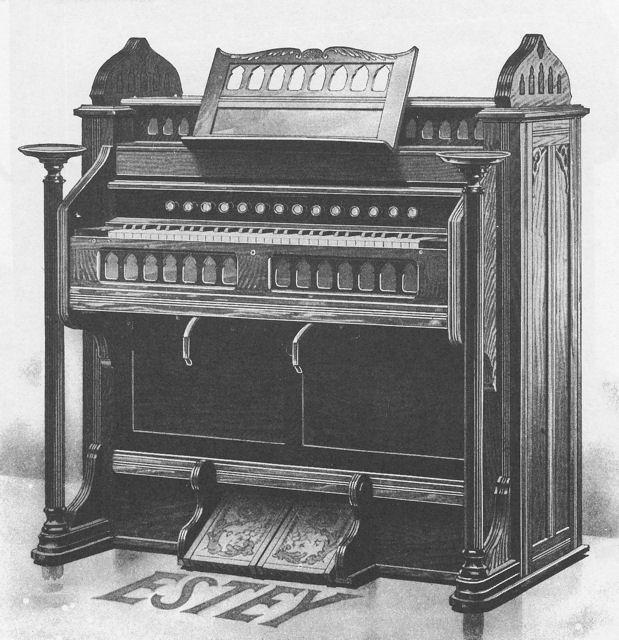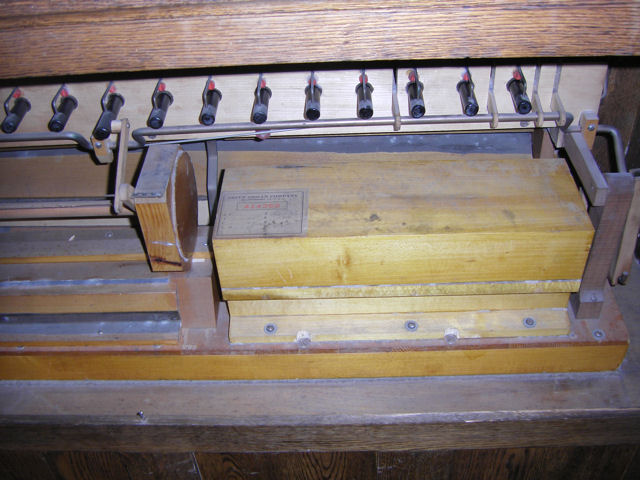

In compound exocytosis, granules fuse to each other, forming large channels within the cytoplasm, and the cells then secrete the entire intragranular contents of multiple granules. This mechanism is not usually observed in vivo. Ĭlassical exocytosis is a granule secretory system in which intracellular granules fuse with the plasma membrane and release their entire contents extracellularly via a secretory pore. Granule-stored cytokines in human eosinophils are released by 3 secretory processes: classical exocytosis, piecemeal degranulation, and cytolysis/extracellular trap cell death (ETosis). These granules contain 4 major cationic (basic) proteins, that is, major basic protein (MBP), eosinophil-derived neurotoxin (EDN), eosinophil cationic protein (ECP), and eosinophil peroxidase (EPO), which play important roles in eosinophil-mediated inflammation. Eosinophils contain approximately 200 granules per cell. The multifaceted role of eosinophils is evidenced by their range of cell densities and cell-derived mediators.īecause eosinophils are a rich source of bioactive mediators, the simplified hypothesis is that the amount of eosinophil-derived inflammatory mediators in the microenvironment is the primary cause of eosinophilic inflammation. This is in contrast to lymphocytes, for which “activation” usually means proliferation and clonal expansion of antigen-specific lymphocytes. As a short-lived, nondividing cell, eosinophil “activation” has been recognized as the release of bioactive mediators into the extracellular milieu. The activation status of eosinophils is mainly tuned by receptors expressed on their cell surfaces. Therefore, tissue eosinophilia can be caused by increased migration, prolonged survival, impaired phagocytic clearance, or decreased luminal entry. The tissue presence of eosinophils is determined by their recruitment, retention, and clearance. The life span of eosinophils is unclear, but it has been estimated to be less than 1 week under homeostatic conditions. Circulating eosinophils can subsequently transmigrate into the gastrointestinal tract, lungs, adipose tissue, thymus, spleen, lymph nodes, and mammary glands, where they exert various essential homeostatic functions. Įosinophils develop in the bone marrow and are released into blood circulation once they are maturated. A lower blood eosinophil count is also useful as a poor prognostic factor for severe coronavirus disease 2019 (COVID-19).

In patients with severe chronic obstructive diseases, blood eosinophil counts are associated with the risk of exacerbations and the benefit of inhaled corticosteroid use. For asthma phenotyping and the selection of biologics, the blood eosinophil count is the best-established biomarker. Nevertheless, the blood eosinophil count is an easy-to-access biomarker for various clinical applications. Although these cells form a minor (<5%) component of the circulating leukocyte population in the blood, larger numbers of tissue-dwelling eosinophils are present outside of the vasculature. Eosinophils in the blood can be readily counted. For example, eosinophils home into the uterus, which is regulated by the estrus cycle. In addition, eosinophil accumulation is also associated with malignancy, infection, and various homeostatic conditions. In the present review, eosinophil-mediated inflammation in such mismatch conditions is discussed.Īllergy, a hypersensitivity reaction initiated by specific immunologic mechanisms, is often associated with tissue eosinophilia. Cytolytic ETosis is a total cell degranulation in which cytoplasmic and nuclear contents, including DNA and histones that act as alarmins, are also released. Recent studies have indicated that extracellular trap cell death (ETosis) is a major mechanism of cytolysis. The marked deposition of eosinophil granule proteins in tissue is often associated with cytolytic degranulation. Histological studies using immunostaining for eosinophil granule proteins have revealed the extracellular deposition of granule proteins coincident with pathological conditions, even in the absence of a significant eosinophil infiltrate. For example, blood eosinophil levels in patients with acute eosinophilic pneumonia are often within normal range despite the marked symptoms and increased number of eosinophils in bronchoalveolar lavage fluid. The mismatch of blood and tissue eosinophilia can be seen in various clinical settings. However, the circulating eosinophil count does not always reflect tissue eosinophilia and vice versa. Blood eosinophil counts act as a convenient biomarker for asthma phenotyping and the selection of biologics, and they are even used as a prognostic factor for severe coronavirus disease 2019. The increase of eosinophil levels is a hallmark of type-2 inflammation.


 0 kommentar(er)
0 kommentar(er)
